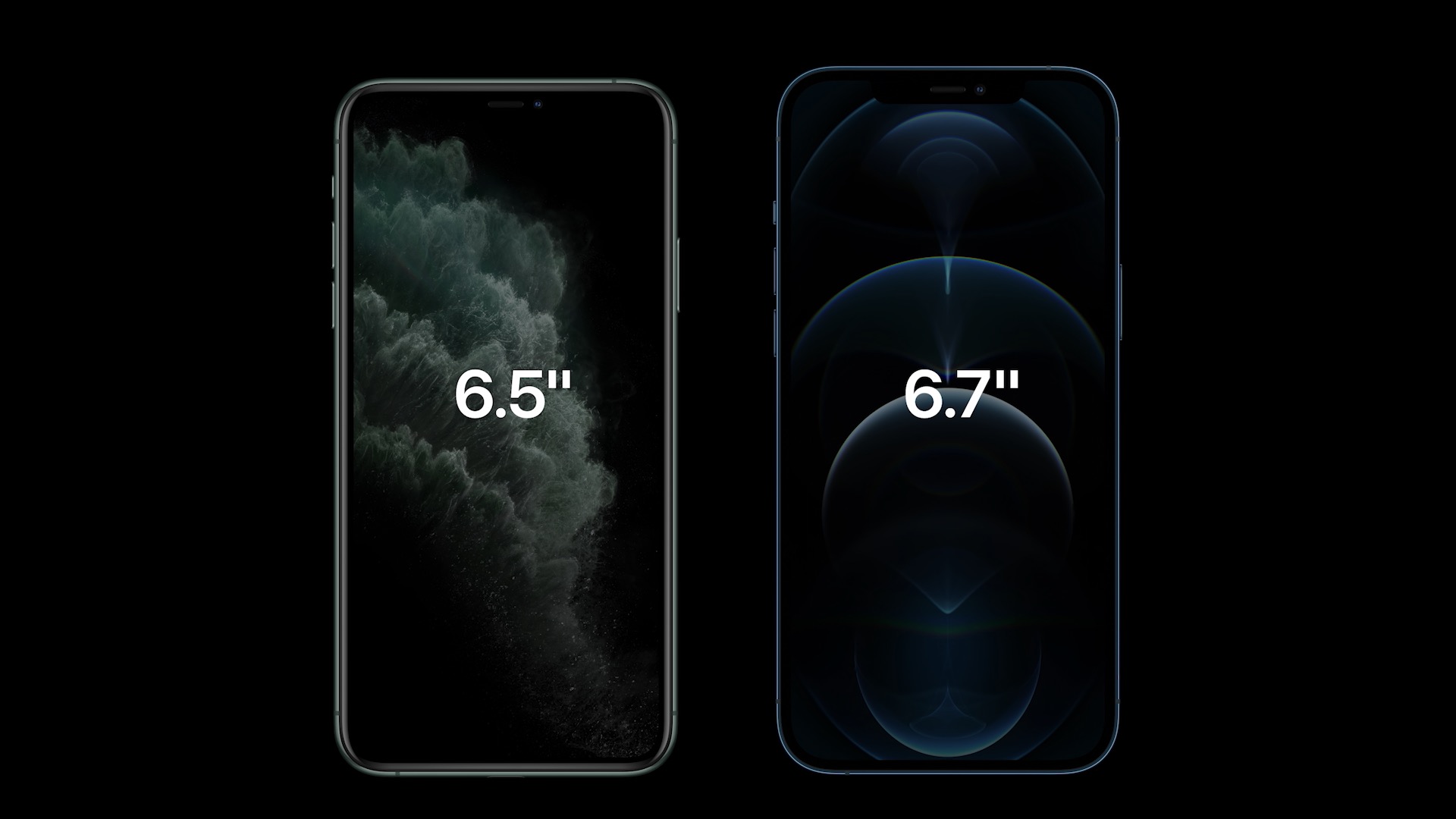Display Technology

The entire iPhone lineup is once again using the same display technology, for the first time since Apple introduced the OLED-equipped iPhone X back in 2017, with the lower-end iPhone 12 models gaining the same Super Retina XDR Displays as the iPhone 12 Pro.
However, it seems likely this wasn’t Apple’s original plan, since we saw enough reports suggesting that Apple really wanted to put faster 120Hz “ProMotion” displays into its iPhone 12 Pro lineup this year, but had to abandon its plans as a result of component shortages.
The result is that the iPhone 12 Pro and iPhone 12 Pro Max appear to feature the same basic display technology as last year’s iPhone 11 Pro models, while the iPhone 12 and iPhone 12 mini have basically caught up (technically, the iPhone 12 displays list a slightly lower “typical” brightness, but that’s more likely an implementation detail rather than a difference in display technology, since all other specs, including maximum HDR brightness, remain identical).
The displays have increased on the iPhone 12 Pro and iPhone 12 Pro Max, however, growing from 5.8 inches and 6.5 inches to 6.1 inches and 6.7 inches, respectively. However, due to a reduction in bezel size, the iPhones themselves haven’t actually grown nearly as much as you might think; each model only gains 0.11 inches in width and 0.01 inches in height.
